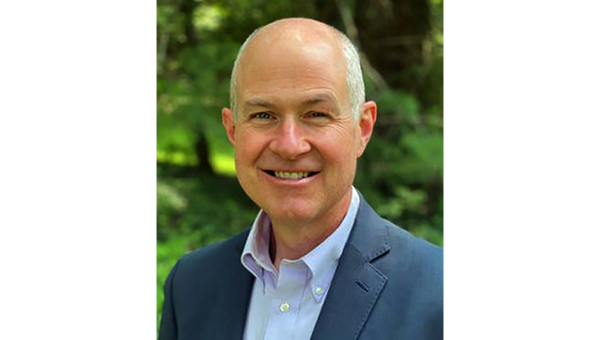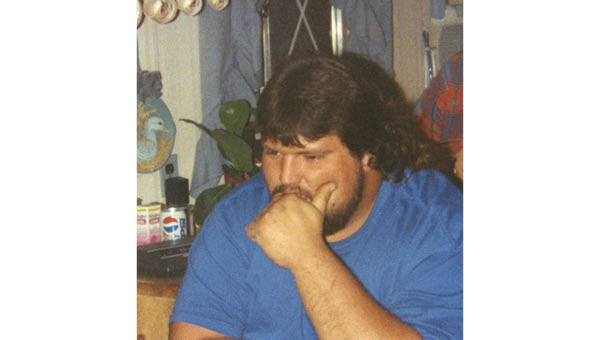Daylight saving time is almost here, get ready for longer evenings
Published 11:16 am Tuesday, October 31, 2023
|
Getting your Trinity Audio player ready...
|
It’s almost that time of year. This weekend – November 5 – we return to standard time, giving us an extra hour of sleep Sunday morning and shorter evenings. This despite a hearty push by congressional leaders to make daylight saving time permanent.
In March, Sen. Marco Rubio (R-Florida) proposed the Sunshine Protection Act to permanently shift the U.S. into daylight saving time. This is the fourth time Rubio has introduced such legislation, with the bill passing the full Senate last year only to die in the House.
This time, the bill has 14 co-sponsors on both sides of the political aisle and has been referred to the Senate Commerce, Science and Transportation Committee. But the bill has not seen action since March, marking its likely death, much like our long summer evenings.
In 2019, Gov. Bill Lee proclaimed his support for ending clock management but only if the federal government makes the change nationally.
In the meantime, come Nov. 5 at 2 a.m., we will “fallback,” turning our clocks back to 1 a.m. The controversial practice of “springing forward” and “falling back” has been observed in most states for decades.
Daylight saving time was introduced in the United States in 1918 with the Standard Time Act, which was meant to lower fuel costs during the First World War. The law also established a standard time and allowed the federal government to create five time zones.
The government stopped observing daylight saving time after World War I ended, but reimplemented it during World War II. Congress decided to make daylight saving time permanent for two years from 1973 to 1975, extending the hours of daily sunlight to conserve energy during the oil embargo crisis. However, the law was repealed in 1974 for being unpopular and ineffective.
In 1966, Congress passed the Uniform Time Act, standardizing the length of daylight saving time. The dates we use to observe daylight saving time today – starting on the second Sunday of March and ending on the first Sunday of November – were established in 2005 when Congress amended the Act.
“Spring forward, fall back” is twice-a-year part of life in roughly 70 countries around the world. Daylight saving time means later sunrises and sunset for half the year. According to the Department of Transportation, daylight saving time saves energy, prevents traffic injuries, and reduces crime. But, it also means potentially a loss of sleep quality for almost everyone in winter. The history of the issue shows that no approach is likely to make everybody happy.
Daylight saving time doesn’t actually shift sunlight from morning to evening. Instead, it changes how our timepieces align with the longer hours of sunshine that come in summer. It allows people to enjoy more light in the evening, rather than sleeping through it in the early morning, without changing their schedules. US inventor and diplomat Benjamin Franklin is often credited with inspiring the concept. He wrote an essay in 1784 suggesting a change in sleep routines to reduce candle consumption in the evening.
Keeping daylight savings time is backed by the retail and leisure industries. It would also provide an extra hour of sunlight in the winter for outdoor activities after school and work.
Regardless, there are only 24 hours in a day. The sun has a time each day it comes up – summer and winter – and a time it sets. Daylight and darkness are a part of each day. What we do with those hours is up to each individual. Generally, we use our daytime to work, go to school, etc. Nighttime is reserved for relaxation, time with family, and sleep.
Why can’t we just be happy and make the most of each and every day of the year, whether it be winter or summer?





